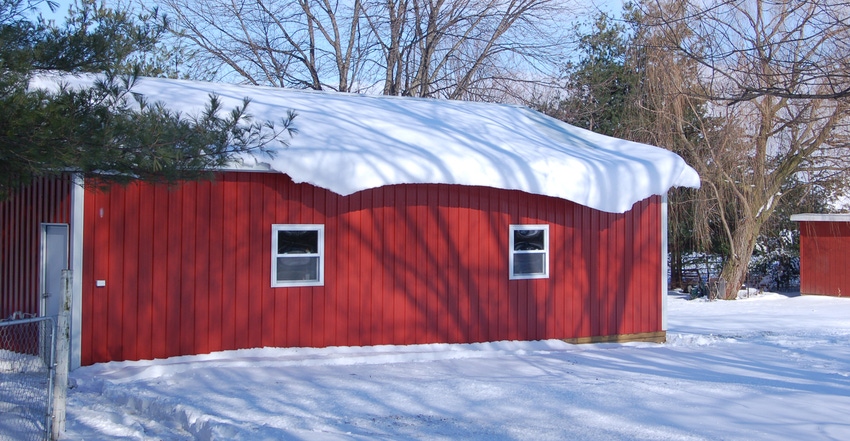
Could odds for snow on March 1 be higher than odds for snow on Martin Luther King Day? The odds of either isn’t high enough for a good batting average, but typically, mid-January would be a better guess. This year, however, you might put your money on early March.
That’s just one unique observation about the upcoming winter that Beth Hall, Indiana state climatologist, made in this recent interview:
Why might there be a higher chance of snow in early March? There are no guarantees, but it fits with the way we currently believe winter may play out. Except for counties along the Ohio River, it’s likely to stay dry for a while, then shift to perhaps wetter than normal by February or March. In years when a La Niña occurred in the past, winters in Indiana have been warmer and wetter than normal. There isn’t a strong indication that this will translate into a snowier December or January, but February and March have been snowier than normal during past events such as this one.
Is there a definite temperature pattern expected for winter? No, there are no strong signals either way. As I just noted, a La Niña event is underway and will be at least moderate in strength. This refers to cooling of waters in the Pacific Ocean, and changes in atmospheric pressure associated with it. We still don’t know how strong it will become. There is a tendency for La Niña events to produce warmer and wetter winters here, but that signal by itself isn’t very strong. That’s because warmer-than-normal winters have been an ongoing trend over the past several decades, whether there was a La Niña or not.
Shouldn’t a La Niña winter produce less snow? Even if you have a warmer-than-normal trend setting up, you will still get days or weeks that are colder than normal. If there is moisture around, you can get snow. I made a quick check of La Niña winters and snowfall in February and March, based on data from the Indianapolis airport, and there is an obvious trend, believe it or not, for more snowfall in March during La Niña winters.
What prevents climatologists from being more certain about what this La Niña winter might be like? The first La Niña winter we have data on is 1950 to 1951. The El Niño-La Niña cycle is irregular, but typically lasts four to seven years. So, we only have records on roughly a dozen La Niña events, and each one is somewhat different. Plus, climate change began around the late ’70s, so that knocks out the first four or five as being reliable. It’s a small dataset.
I’ve heard you say that climate change is real and minimum temperatures are typically higher today. How do you explain things like the Mother’s Day weekend freeze in 2020? Think in terms of “global” climate change. The effect of higher temperatures is most obvious in both polar regions and around the tropics. In the mid-latitudes, like here, overall, it’s warmer, but we get extremes. Climate change seems to express itself here in extreme swings one way or the other. Then things like last spring’s very late freeze make sense.
About the Author(s)
You May Also Like




